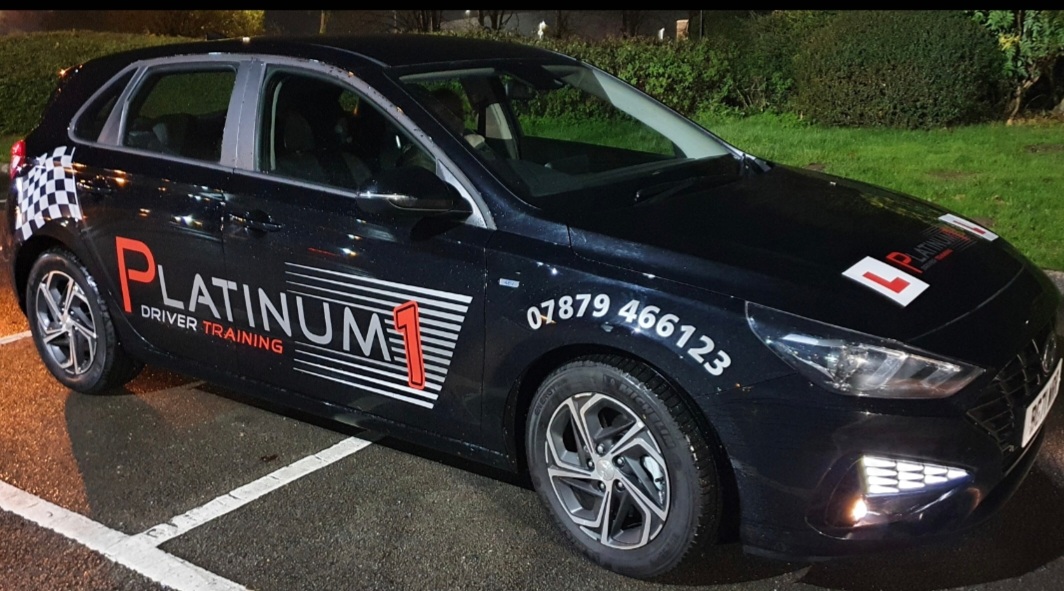This series of articles has already covered the process of applying to start training, the Theory and Hazard Perception test and the Test of Driving Ability.
In this section of the Becoming an ADI series we look at the ADI Part 3 test, the test of instructional ability.
By this point you should have some good experience of teaching learners to drive. You should at least have been teaching without charging as an Instructor in Training. Ideally you will have been teaching on a trainee licence and have received support from an instructor trainer.
If you’ve not gone down the trainee licence route you can book a Part 3 test at any time. If you’ve been on a pink badge, you have to have been teaching for 3 months before your Part 3.
Defining Terms:
ADI – Approved Driving Instructor
PDI – Potential Driving Instructor (Trainee)
DVSA – Driver & Vehicle Standards Agency, the governing body of driving instructors.
ORDIT – Official Register of Driving Instructor Trainers.
Part 1 – The theory and hazard perception test taken on a computer at a theory test centre.
Part 2 – The test of driving ability taken at a Driving Test Centre with a Senior Examiner.
Part 3 – The test of instructional ability. A senior examiner watches you give a lesson to a live customer and grades your performance.
Standards Check – Once every 4 years an ADI has to take what is effectively another Part 3 test so the DVSA can confirm the instructor continues to meet the required standard.
PDI/Pink Badge – The licence which allows a trainee instructor to teach for money whilst training. Lasts 6 months and is square with a pink colour and a triangle on the front side.
ADI/Green Badge – The licence which allows an approved instructor to teach for money as an Approved Driving Instructor. Lasts for 4 years then must be renewed. It is green in colour and has an octagon on the front side.
DVSA Enforcement Officer – The DVSA changed the job title of Senior Examiner to Enforcement Officer when the DSA merged with VOSA. An EO is an examiner who carries out ADI Part 2 and Part 3 test.
Note that this process detailed herein is for applications to become a driving instructor in Great Britain only. Northern Ireland operates a different scheme which is administered by the DVA. Please search for local guides to begin your journey.
ADI Part 3 Test – Teaching The Next Generation of Drivers.
Step 1: Book an ADI Part 3 test.
If you are eligible to take an ADI Part 3 test you should book it straight away. You are still under the time constraints that started with your ADI Part 1 test pass.
You can book your ADI Part 3 test here for a booking fee of £111 at the time of writing (October 2022). Alternatively you may be able to ask your trainer to book it for you. This could be preferable because ADI’s with access to the OBS (Online Booking System) can search multiple test centres at the same time for tests.
Step 2 – Get some training.
It is very unlikely that you will successfully negotiate the ADI Part 3 test without engaging in some professional training. If you are working under a pink badge, your licence requires you to take a minimum of 20 hours additional training within the first three months. If you are teaching without reward it’s still a very good idea to seek professional help.
You can find a driving instructor trainer in our database here:
Step 3 – Make sure you’ve got what you need.
You need to make sure that you bring everything you need with you to test. You must bring:
- Your UK Driving Licence and/or your Trainee Instructor licence if you have one.
- A suitable car. The car will need back seats with three point seat belts for this test.
- A pupil.
You must provide a pupil to take part in this test. This pupil can be a learner driver, a full licence holder up to and including trainee instructors who have not yet passed an ADI Part 2 test.
Step 4 – Before the Test.
Before the test you may receive a phone call from the DVSA Enforcement Officer to introduce themselves and discuss the test. This is your chance to ask any questions you may have.
Step 5 – It’s test day. What do I do?
The ADI Part 3 Test is a DVSA Enforcement Officer observing you give a client centred driving lesson to a real life pupil. You should bring a pupil with you and begin the lesson on the way to the test centre.
Arrive at your test centre in plenty of time, but please note that at most test centres you will not be allowed on site until 10 minutes before your test booking. This is to avoided clogging up the car park for any learner drivers, particularly those coming back from driving tests.
Most test centres have returned to using the waiting room and meeting candidates there.
The DVSA Enforcement Officer will come out and call your name. The EO will take you to one side to discuss how the test is to take place and also to get a bit of information from you. This is where you should explain your pupils level, what you have been working on and what you plan to work on in the next 40 minutes.
The lesson should last for 40 minutes and the wheels should be turning for as much of this as possible.
The Marking Criteria
You will be assessed based on 17 competencies as detailed in the ADI Part 3 (SC) Form.
These competencies are designed to assess your ability to deliver training in a client centred way. There are three core areas on which the competencies are focussed:
: : Lesson Planning
: : Risk Management
: : Teaching & Learning Strategies.

Lesson Planning
- Did the trainer identify the pupil’s learning goals and needs?
- Was the agreed lesson structure appropriate for the pupil’s experience and ability?
- Were the practice areas suitable?
- Was the lesson plan adapted, when appropriate, to help the pupil work towards their learning goals?
Risk Management
- Did the trainer ensure that the pupil fully understood how responsibility for risk would be shared?
- Were directions and instructions given to the pupil clear and given in good time?
- Was the trainer aware of the surroundings and the pupils actions?
- Was any verbal or physical intervention by the trainer timely and appropriate?
- Was sufficient feedback given to help the pupil understand any potentially safety critical incidents?
Teaching and Learning Strategies
- Was the teaching style suited to the pupil’s learning style and current ability?
- Was the pupil encouraged to analyse problems and take responsibility for their own learning?
- Were opportunities and examples used to clarify learning outcomes?
- Was technical information given comprehensive, appropriate and accurate?
- Was the pupil given appropriate and timely feedback during the session?
- Were the pupil’s queries followed up and answered?
- Did the trainer maintain an appropriate and non-discriminatory manner throughout the session?
- At the end of the session – was the pupil encourage to reflect on their own performance?
The results.
Once the test is over and you and your pupil have parked the vehicle, you should allow the pupil to reflect on their performance. Once this short debrief has been completed the DVSA Enforcement Officer will excuse themselves and return to the office to prepare their marking sheet.
Once the examiner has prepared their remarks, they will return and pull you to one side. At this point they will announce the result of the test.
The pass mark for the ADI Part 3 Test is 31, however you must score a minimum of 8 in risk management regardless of your score in other areas.
If you pass the test.
Congratulations. You are now a fully qualified driving instructor!
The Enforcement Officer will discuss the result with you and explain their remarks at the bottom of the ADI Part 3 (SC).
You can now apply on the DVSA website for your first ADI badge. Until you have received and display your green badge you are still restricted to the terms of your trainee licence if you have one. If you don’t have a trainee licence you still cannot teach for reward until your first green badge arrives.
If you are unsuccessful.
In the event you are unsuccessful at the ADI Part 3 test, don’t be too disheartened. Many instructors take multiple attempts to pass this test, the DVSA allows up to three attempts.
Listen carefully to Enforcement Officer’s debrief. They will explain where you went wrong and what you can do to improve. They will also give you a copy of the report which you can share with your trainer. Additional training before you take a subsequent attempt at the test is highly advisable.






